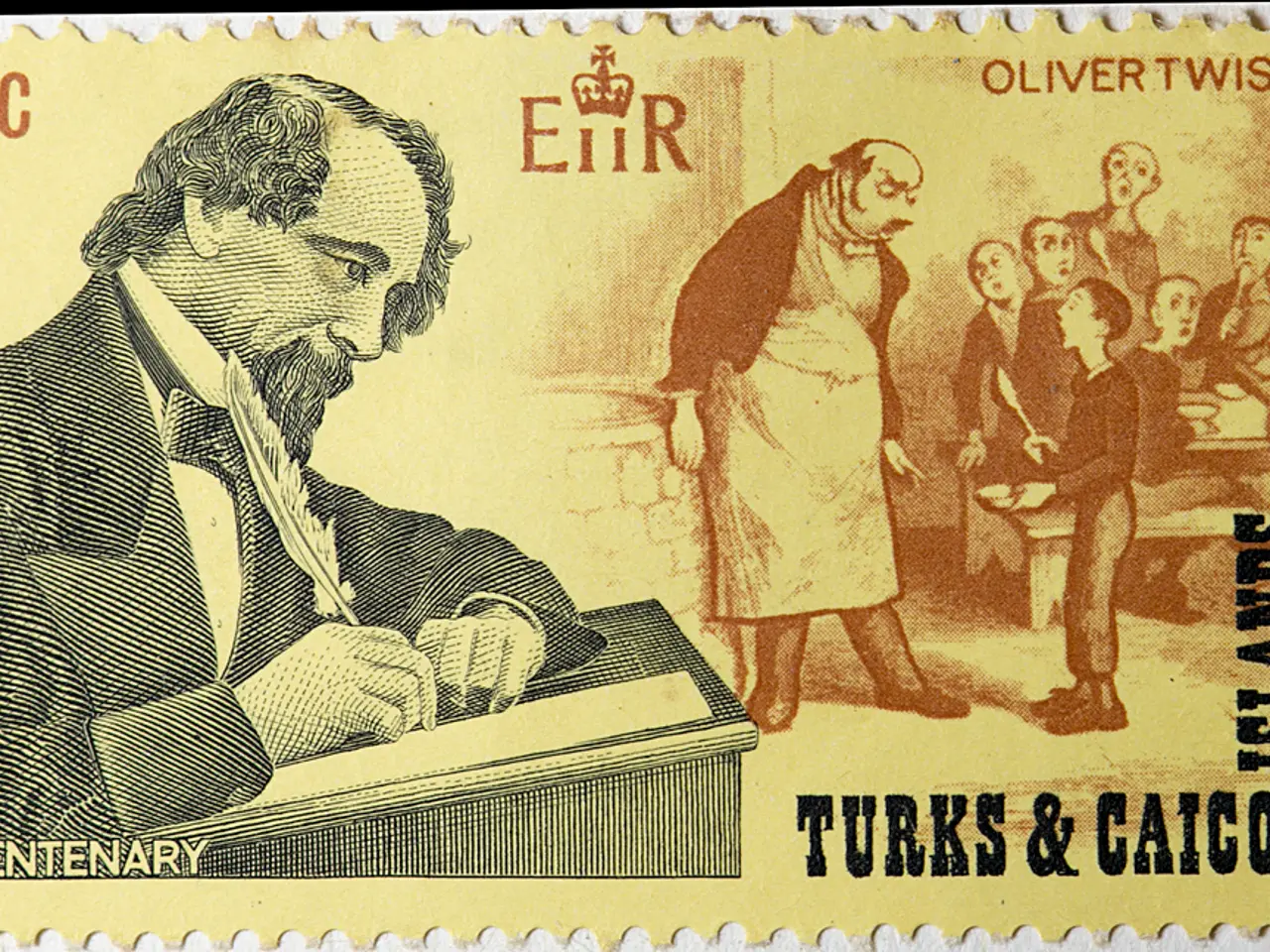Postal Service Proposes Fee Hike for Holiday Shipment Deliveries during Peak Season in United States
The United States Postal Service (USPS) has announced that it will be implementing surcharges for package delivery during the peak holiday season of 2025. These surcharges will vary by distance shipped, weight, and customer type (retail vs commercial) and will apply from October 5, 2025 through January 18, 2026.
The surcharges will apply to Priority Mail, Priority Mail Express, USPS Ground Advantage, and Parcel Select services. For retail customers shipping Priority Mail and USPS Ground Advantage packages, the proposed surcharges based on zones and weight are as follows:
| Zone Range | Weight Range | Retail Surcharge Amount | |------------|------------------|------------------------| | Zones 1-4 | 0-3 lbs | $0.40 | | Zones 1-4 | 4-10 lbs | $0.60 | | Zones 1-4 | 11-25 lbs | $0.95 | | Zones 1-4 | 26-70 lbs | $3.00 | | Zones 5-9 | 0-3 lbs | $0.90 | | Zones 5-9 | 4-10 lbs | $1.45 | | Zones 5-9 | 11-25 lbs | $3.25 | | Zones 5-9 | 26-70 lbs | $7.00 |
For commercial customers, similar surcharges apply but with slightly different rates, typically averaging around a 5% increase. The average surcharge for Priority Mail is about 4.1%, and for Ground Advantage about 5.1%, reflecting increases between roughly 30 cents and several dollars depending on distance and weight.
The surcharges range approximately from 30 cents to $16 extra, depending on package size, weight, and shipping zone, with some surcharges also applied on flat rate boxes and envelopes. First-Class Mail is exempt from surcharges.
The USPS has focused on raising revenue through price adjustments as part of its long-term transformation plan for improved service and financial stability. The seasonal adjustment aims to bring prices for the Postal Service's retail and commercial customers in line with private sector competitors.
Last year, the USPS implemented peak season surcharges, and companies like FedEx and UPS routinely apply demand surcharges for the busiest shipping season. The temporary increases would begin at midnight on Oct. 5 and remain in place through Jan. 18, pending approval by the Postal Regulatory Commission.
In the fiscal year third quarter ended June 30, the USPS declared a loss of $3.1 billion, the largest in over a decade. The loss was $1.6 billion when excluding costs mandated by law and not under the Postal Service's direct control. The loss comes amidst frequent and sizeable postage increases, which business groups have complained about, stating they have contributed to volume declines.
For more stories about the US Postal Service, you can read Eric Kulisch's articles on our platform or contact him directly at ekulisch@our website. The US Postal Service is seeking to raise the price of a letter to 78 cents.
In summary, the main surcharge structure is tiered by zones (1-4 is closer distances, 5-9 farther) and weight brackets, with retail customers generally paying slightly higher surcharges than commercial customers. These temporary fees are designed to help the USPS offset increased handling costs during the peak holiday shipping season.
Businesses and finance will be impacted by the surcharges implemented by the United States Postal Service (USPS) during the peak holiday season of 2025. For retail customers, the surcharges for Priority Mail and USPS Ground Advantage packages range from approximately 30 cents to $16 extra, depending on package size, weight, and shipping zone. Commercial customers, on the other hand, will experience surcharges with slightly different rates, averaging around a 5% increase.





